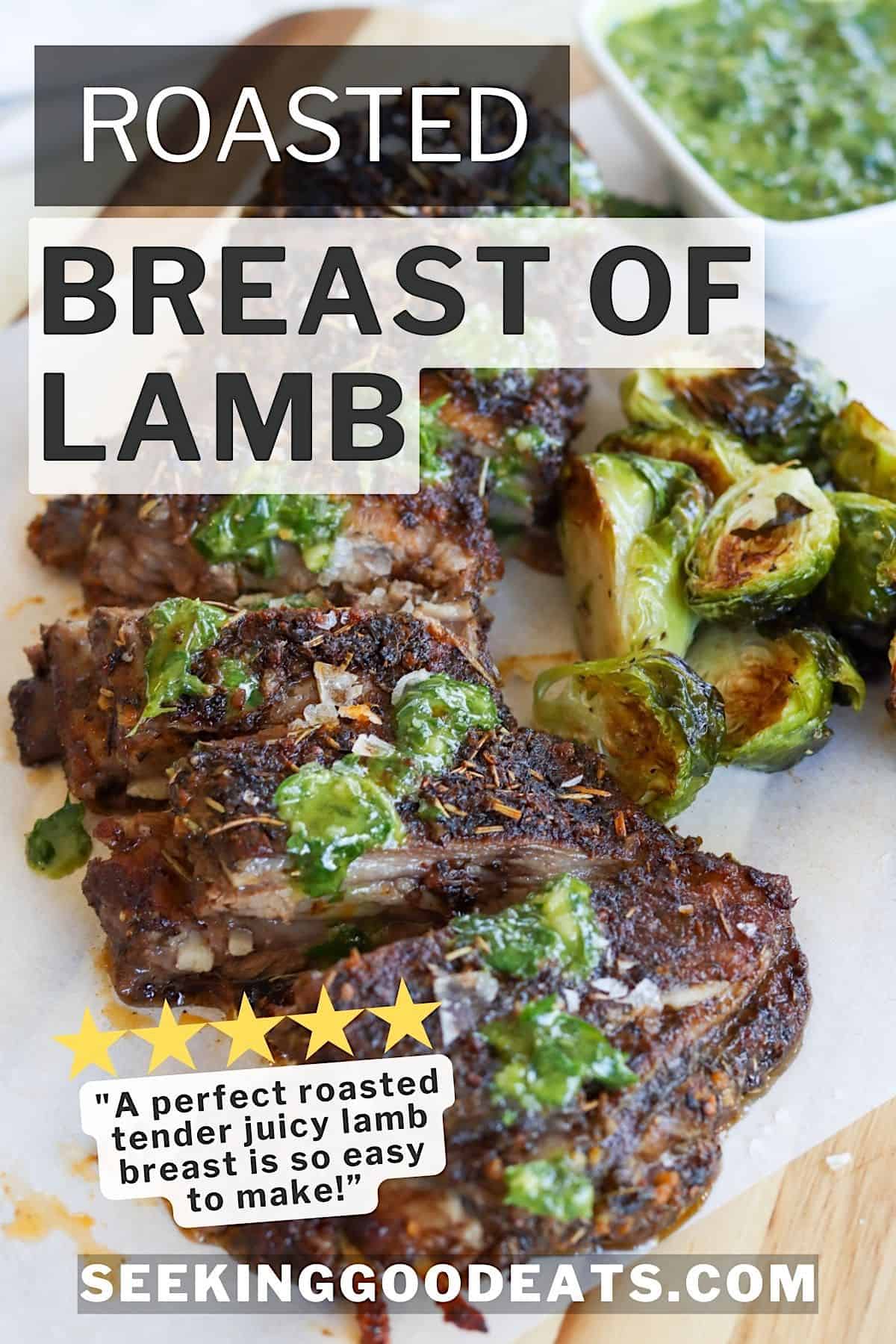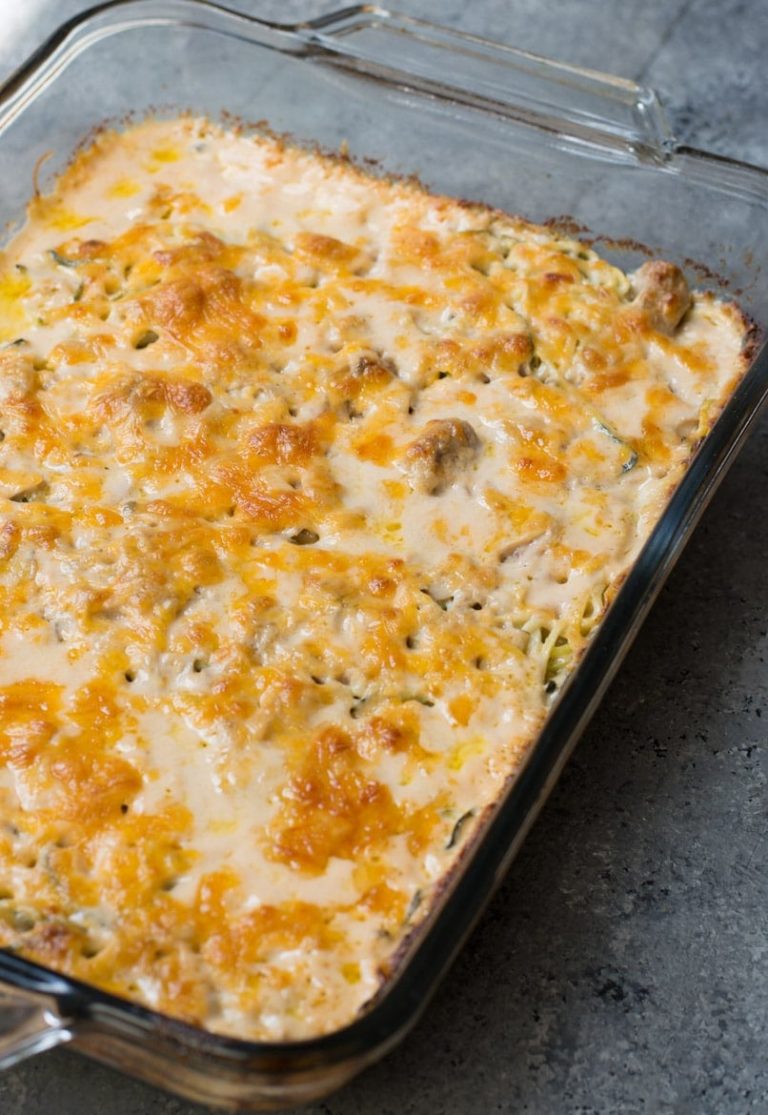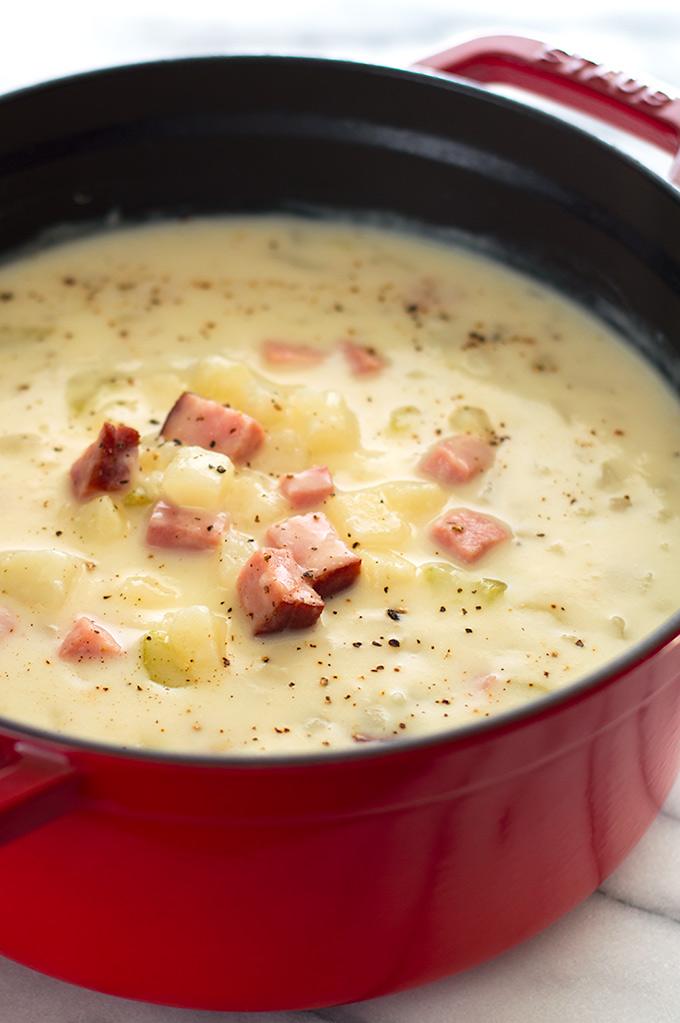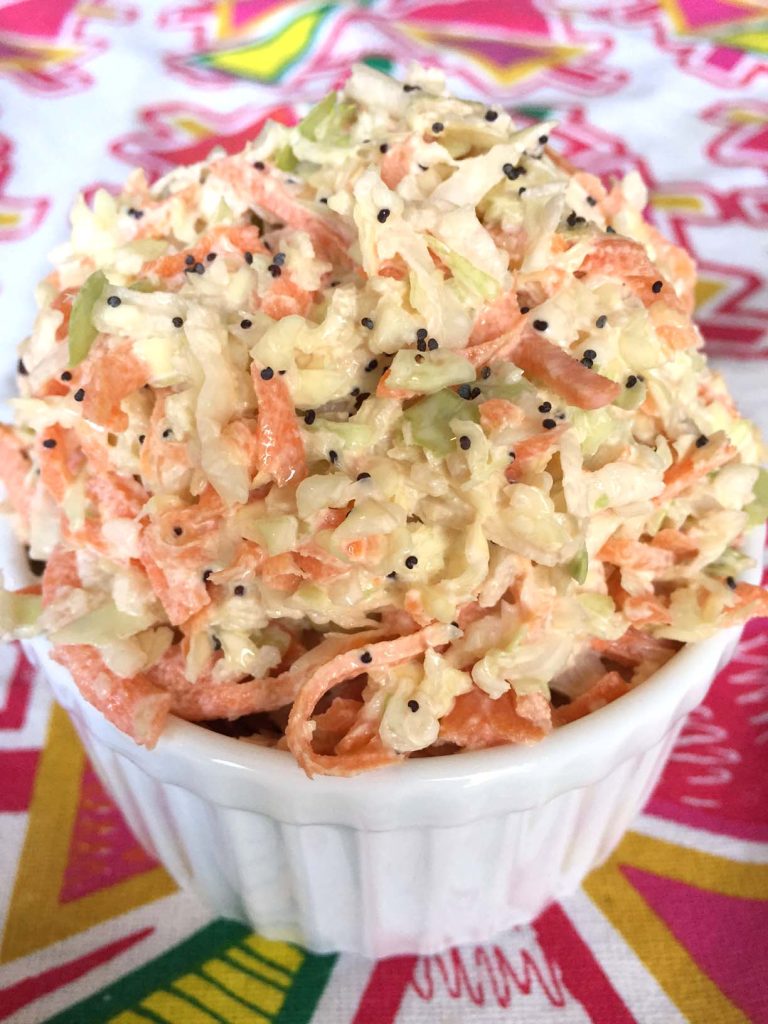Lamb Breast Recipe: Perfectly Tender and Flavorful Cooking Tips
Roasted lamb breast, a traditional dish with deep roots in Mediterranean and Middle Eastern cuisines, is celebrated for its rich, robust flavor. This cut, coming from the lower part of the lamb, gained popularity due to its affordability and versatility. Cultures worldwide, including Greek and Turkish, have incorporated roasted lamb breast into their culinary traditions. Its popularity continues to grow as modern chefs and home cooks alike discover its delectable taste and ease of preparation.
Nutritional Profile
Roasted lamb breast is a nutrient-rich dish. It’s an excellent source of protein, providing around 25 grams per 100 grams of cooked meat. This cut also offers essential vitamins and minerals:
- Vitamin B12: Supports red blood cell formation and neurological function.
- Zinc: Contributes to immune function and wound healing.
- Iron: Aids in oxygen transport in the blood.
However, roasted lamb breast has higher fat content compared to other cuts. A serving contains approximately 17 grams of total fat, including 7 grams of saturated fat. While this adds to its rich flavor, moderation is key for balanced nutrition. Incorporate vegetables like asparagus and carrots to create a nutritious, well-rounded meal.
Essential Ingredients for Roasted Lamb Breast
Herbs and Spices
Using the right herbs and spices can elevate the flavor of roasted lamb breast. Key herbs include rosemary, thyme, and oregano, often found in Mediterranean recipes. These fresh or dried herbs give the meat a fragrant and savory profile. Garlic, either minced or powdered, complements the lamb’s richness, adding depth and a subtle pungency. Paprika and cumin provide a hint of smokiness and warmth, balancing the natural sweetness of the meat. Salt and black pepper are fundamental, enhancing all other flavors.
Marinades and Sauces
Marinating the lamb breast can significantly enhance its tenderness and taste. A basic marinade often includes olive oil, lemon juice, and red wine vinegar, each aiding in tenderizing the meat and infusing it with robust flavors. Soy sauce, a less traditional but effective ingredient, adds umami and depth. For additional layers of taste, include Dijon mustard and crushed garlic in the marinade.
For sauces, consider a mint yogurt sauce or a rich red wine reduction. Mint yogurt sauce, made with Greek yogurt, mint leaves, garlic, and lemon juice, offers a refreshing contrast to the lamb’s richness. A red wine reduction, simmered with beef stock, shallots, thyme, and butter, provides a luxurious and complementary finish to the dish.
Cooking Techniques for Lamb Breast
Slow Roasting
Slow roasting lamb breast results in tender, juicy meat. Preheat your oven to 325°F (163°C). Season the lamb breast with salt, pepper, rosemary, and garlic. Brown the meat in a hot skillet for 3-4 minutes per side. Transfer to a roasting pan, add 1 cup of chicken broth, cover with foil, and roast for 2.5 to 3 hours. Check tenderness by inserting a fork; the meat should pull apart easily. Let it rest for 15-20 minutes before slicing.
Smoking Options
Smoking lamb breast infuses it with rich, smoky flavors. Prepare a smoker with applewood or hickory chips. Season the lamb with a dry rub—consider paprika, cumin, and brown sugar. Preheat your smoker to 225°F (107°C). Smoke the lamb breast for 4-5 hours, maintaining consistent heat. When the internal temperature reaches 190°F (88°C), it’s ready. Allow it to rest, covered in foil, for 20-30 minutes to absorb the juices.
Serving Suggestions for Roasted Lamb Breast
Wine Pairings
Choosing the right wine enhances your roasted lamb breast. Red wines prove particularly effective due to their bold flavors. Cabernet Sauvignon offers a robust choice with its full-bodied profile, complementing the rich lamb. Merlot provides a smoother option, balancing the dish with its fruit-forward notes. For a more unique pairing, try a Grenache-Syrah-Mourvèdre (GSM) blend, offering spice and earthiness.
Side Dishes
Selecting side dishes elevates the dining experience. Roasted vegetables, such as carrots and potatoes, provide a classic accompaniment. Steamed asparagus adds a fresh, vibrant contrast. For grains, couscous or quinoa offer wholesome variations. A fresh arugula salad with lemon vinaigrette adds a light, zesty touch that cuts through the lamb’s richness.
Common Mistakes to Avoid
Not Trimming Excess Fat
Lamb breast has a significant layer of fat. If it’s not trimmed properly, the fat can cause flare-ups in the oven, making the dish greasy and unevenly cooked. Trim the excess fat, leaving a thin layer to keep the meat moist.
Skipping the Marinade
Marinating is crucial for roasted lamb breast. Without a marinade, the meat may lack depth of flavor. Use ingredients like olive oil, garlic, rosemary, and lemon juice to enhance its texture and taste. Allow the lamb to marinate for at least 2 hours or preferably overnight for the best results.
Incorrect Oven Temperature
Roasting at the wrong temperature can lead to overcooked or undercooked lamb. For best results, preheat the oven to 325°F (163°C) and maintain this temperature throughout the roasting process. This ensures the meat cooks evenly and remains juicy.
Inadequate Seasoning
Seasoning impacts the overall flavor of the lamb. Using insufficient salt and spices results in bland meat. Season the lamb breast generously with sea salt, black pepper, and your choice of herbs to bring out its natural flavors.
Ignoring Resting Time
Resting is essential after roasting. Cutting into the lamb immediately causes the juices to escape, leaving it dry. Let the roasted lamb breast rest for at least 10 minutes under foil to allow the juices to redistribute.
Rushing the Roasting Process
Cooking lamb breast quickly leads to tough, chewy meat. Opt for a slow roasting method, which allows the meat to become tender. Plan for a roasting time of about 2-3 hours, depending on the size of the lamb breast.
Using Low-Quality Meat
Quality impacts the final dish. Choosing low-quality lamb affects both texture and flavor. Purchase fresh, high-quality lamb breast from a reputable butcher or supplier to ensure the best results.
Conclusion
Mastering the art of roasting lamb breast can transform your culinary repertoire. By focusing on quality ingredients and adhering to proper techniques, you’ll unlock a dish that’s both flavorful and tender. Avoiding common pitfalls ensures your roasted lamb breast reaches its full potential. With these insights, you’re well-equipped to create a memorable meal that showcases the rich heritage of Mediterranean and Middle Eastern cuisines. Enjoy the process and savor the delicious results.






